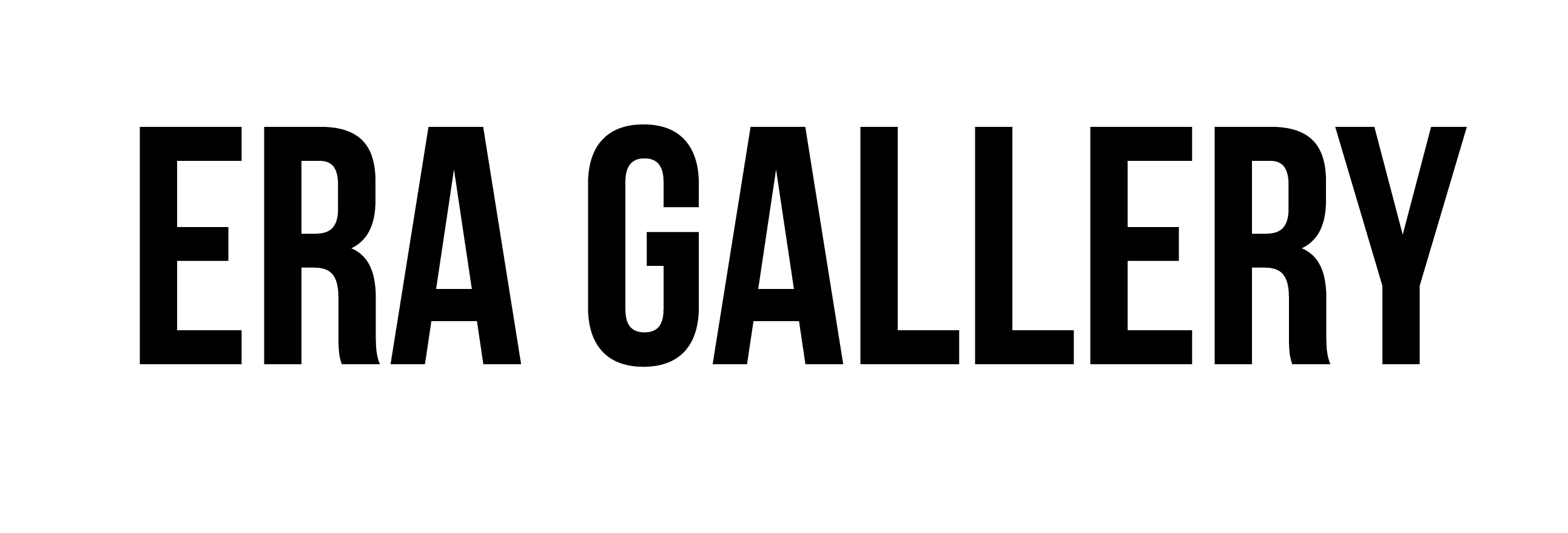“For making you my property, my possession...does not accomplish any alliance between us.” – Luce Irgaray
“She looks at herself instead of looking at you, and so she doesn’t know you.” – Stendhal
Psychoanalytical theory tells us that transference is the redirection of one’s own feelings onto others.
As a matter of course, the transferential relationship I have with my subjects comes to relate to a modern, and social-cognitive perspective of introjection.
Introjection is a process in which an individual unconsciously incorporates aspects of external reality into the self, particularly the attitudes, values, and qualities of another person or a part of another person’s personality.
Over the past few years, I have repetitively painted life-scale portraits of my family, friends, lovers, and other subjects which have previously been well- known to me. It is through painting new subjects that I am reminded of previous subjects, and it is then that I unconsciously infer that this new subject is not that dissimilar to all of the other subjects I have ever painted.
I have an instrumental sense of power and control over the way I choose to paint my people. Every relationship, even the relationship one has with oneself is arguably transferential replay. Any painting of a person is caught up in a paradigm of portraiture, where a dualist subjectivity of likeness and authenticity operates. Lucian Freud described his paintings as “purely autobiographical,” therefore, do paintings of people say more about the person that was once present, or more about the artist who chose the way in which to depict them?
The way in which I observe and scrutinise my own relationships to people akin to a data attainment process produces a coldness. An attempt at clinical examination. It is through this examining of people in comparison to a patient- analyst relationship which sees an analyticsituation where things are captured about people that have crept into my own consciousness.
People watching, is a prime example of things coming-into-conciousness. It is only when the personal relationships which encompass all aspects of the relationship between myself, family members, friends, and lovers, come to produce an intimate visual diary.
To repetitively paint the same subject begins to articulate a drama. For instance, how does a subjects interior life makes us voyeuristically privy to an individual’s psychic torment?
The multiple views of the same subject assist in a way which makes the people who are represented seem as relational as they are private. A good example of this is Stendhal’s 19th century novel Le Rouge et le Noir. The omnipresent narrator creates a psychological portrait, where most of the characters are idolised with great efforts of imagination. The characters are not seen for who they really are, and in this same way my subjects which are transposed from photographs, transferred into visual data, and then organised through gridded compositions experience a degree of elevation.
The repetition of the faces which feature again and again across my portfolio is not too dissimilar from the consumerism of the Gods and idols which can be found in the repetitive characters recurring across Early Renaissance polyptych panels, and even the celebrity icons that Andy Warhol used throughout his Pop Art Movement.
Each record of a person then comes to present things I have felt about particular people in particular moments. In the same way a patient’s previous object-relationships are transposed to an analyst, the transference relationship is thus constituted at the heart of the analytic situation, my portraits by any kind of analytic contract offer a mode of representation in which a transference of my own feelings about a person is projected onto how they’re portrayed.
– Courtesy of the artist
Emily Gillbanks (B. 1999, UK ) recently graduated with a MA in Painting from The Royal College of Art in June 2022. In 2020 she received a First-Class BA (Hons) Fine Art Degree from the University of Suffolk. Gillbanks is a Painter and Researcher who grew up on the Essex and Suffolk border, United Kingdom. Emily was most recently awarded the Royal College of Art’s Fribourg Philanthropies Painting Prize 2022, and in 2021 her painting Three Things was awarded The de László medal for Excellence by The de László Foundation.


